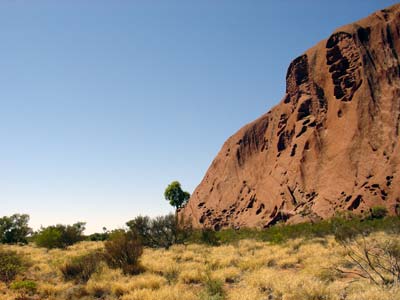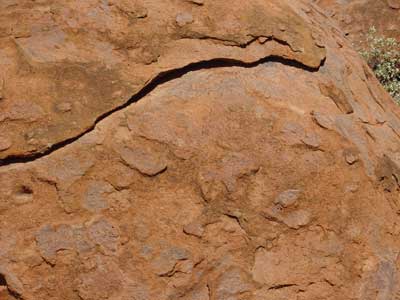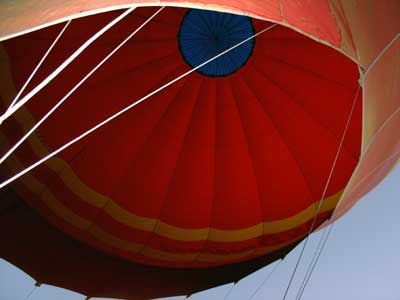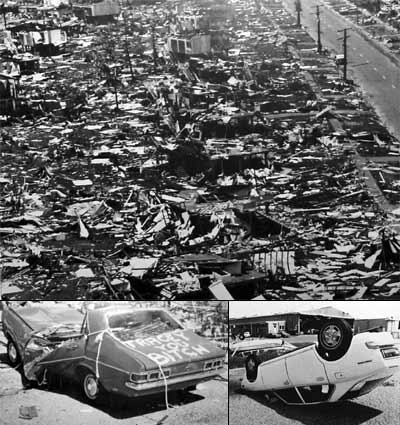The night passed far too quickly, and I was amazed at 1) how incredibly cold it was and 2) how the moon was bright enough to be annoying. Not as annoying as Keith, however, when he came to wake us at a shocking 4.30am. I fear I may not have greeted him pleasantly at that hour.
However, all was forgiven when we entered the national park and watched the sun rise and spill red on the Rock. Finally I could take a proper photo:

(The dot in the sky on the right is the moon; it actually looked a lot larger that morning.)
After photo time, we were going to split into two groups: those who would climb the rock, and those who would walk three-quarters of the way around its 9.4km girth. However, wind conditions meant we were all walking. This gave me the chance to take some up-close photos of the rock I found interesting:




It’s sometimes a difficult thing to take photographs of Uluru, because portions of it are fenced off, with signs warning that they are sacred, and entering the area or taking photos would result in a combined A$6,000 in fines.
All of the areas seemed a bit arbitrary to me, and a few weren’t clearly delineated, so sometimes I was confused as to which areas were kosher and which weren’t. Still, the have-it-both ways philosophy was consistent with the way the Aborigines played it, welcoming tourists but telling them very little. Some signs actually said that a given area was important to their mythology "but we can’t tell you why." (Video and photo equipment is also banned in the cultural center.)
Most contentious of all was the climb, which actually opened when we completed our trek ’round the rock. You can barely see its track in this photo:

The gray and white bit in the lower right is a sign reading "Please Don’t Climb the Rock," next to one reading "Nganana Tatintja Wiya (We Don’t Climb.)" These are copied verbatim on page 6 of the Visitor Guide, which notes: "The ‘climb’ is not prohibited. But we prefer that, as a guest on Anangu land, you will choose to respect our law and culture by not climbing. … The ‘climb’ is dangerous and over 35 people have died [half from heart attacks, the other half from falls] while attempting to climb Uluru, and many others have been injured." The next page quotes a traditional owner: "If you worry about Aboriginal law, then leave it, don’t climb it…"
That’s nice and all, but I was a bit annoyed. I was a bit tired of being told to respect Aboriginal law, while simultaneously being informed I couldn’t be told it. So when Keith said that even though we were a bit behing schedule, those who wanted a taste could have ten minutes on the rock, I charged as far up its 384 meters as I could get.
And I actually got pretty far:

(Note my knee in the right corner. My left leg was straight out against the bar, holding me in place.)
Getting down was a bit tricky, but it wasn’t the hardest part of the day. That would have been sitting through the 500km drive back to The Alice. In fact, in the course of two days we covered a full 1,500km.
Good thing there was free pizza when we returned.





























